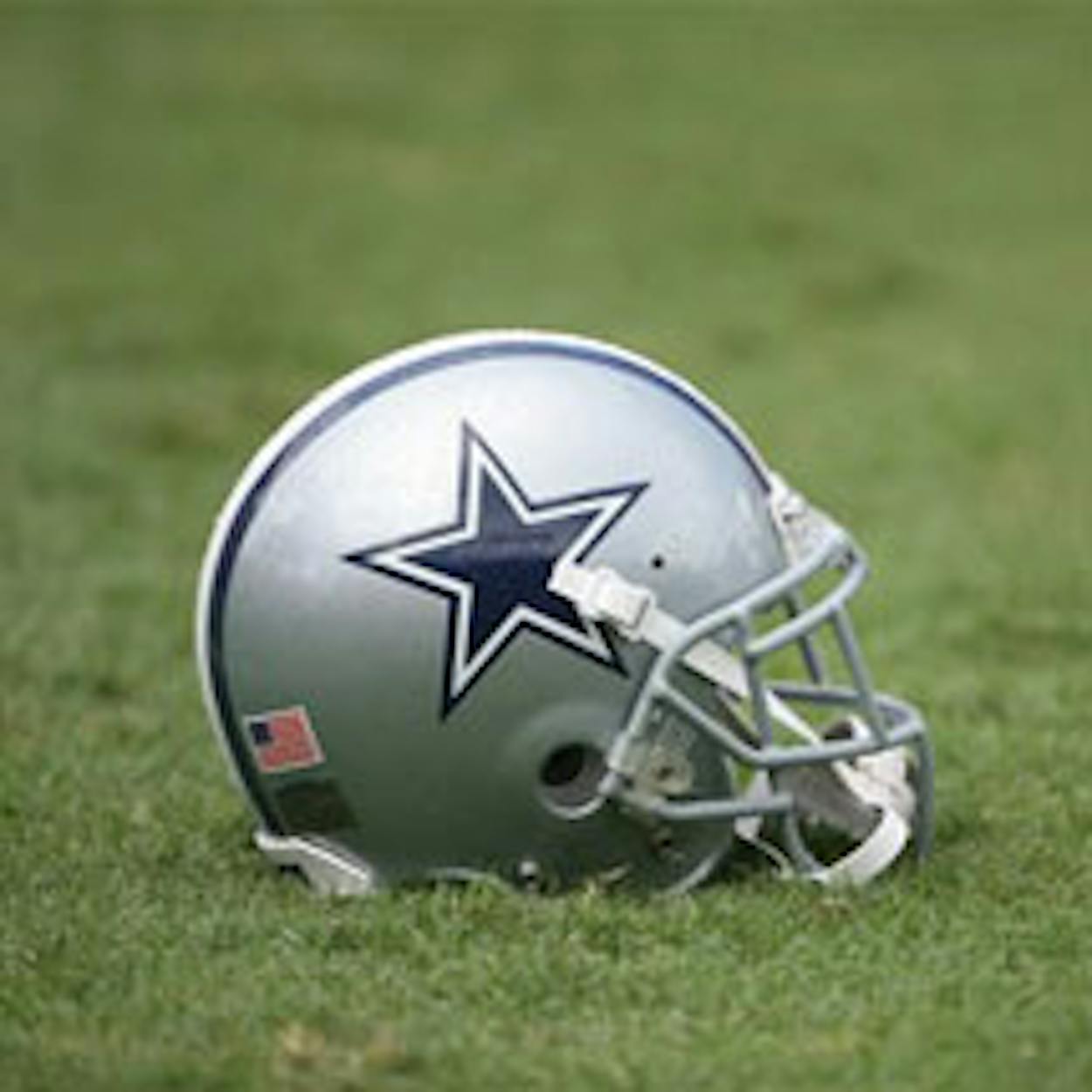The rapid-fire, ultra-glitzy, superstar-driven nature of professional football as it is played on any given Sunday does not always lend itself to serious literary contemplation. For every classic of football non-fiction, like George Plimpton’s Paper Lion, or Michael MacCambridge’s America’s Game, the shelves are cluttered with adoring biographies, glossy chapbooks and quickie novelty items like 100 Things Steelers Fans Should Know & Do Before They Die.
Which makes the arrival of Joe Nick Patoski’s new book, The Dallas Cowboys: The Outrageous History of the Biggest, Loudest, Most Hated, Best Loved Football Team in America decidedly unexpected. A doorstop-sized 800-plus pages, the book is less a sports story than a mixture of history and cultural analysis. In Patoski’s interpretation, the city and the sports franchise are inextricable—each allowed the other to grow and capture the national consciousness.
“Growing up in Fort Worth, you experience that second city syndrome, that no matter how good your city is, what is going on in Dallas is shinier and better,” said Patoski, who now lives near Wimberley. “That question has been there throughout my life: What’s the deal with Dallas?”
The Dallas Cowboys, which was published by Little, Brown and Co. last week, reaches back to 1841, when John Neely Bryan founded Dallas. It then fast forwards to the mid-twentieth century when the oil scions Clint Murchison Jr. and Lamar Hunt laid the groundwork for the football franchise. Patoski crafts a vivid portrait of that era of Dallas, a city where “success seemed to be a matter of simply wanting it badly enough and being willing to work hard enough to get it.” (A second newly published book about the Cowboys, Ten-Gallon War: The NFL’s Cowboys, the AFL’s Texans and the Feud for Dallas’s Pro Football Future, by the sportswriter John Eisenberg, takes a similar, if narrower look at the team’s earliest years.)
Patoski goes on to illustrate how clever iconography (the Cowboy’s silver star logo), intriguing, elusive personalities (quarterback Roger Staubach, Coach Tom Landry) and happy coincidence (the television show Dallas began airing in the late seventies, just as the Cowboys’ on-field fortunes were soaring) combined to make Dallas—team and city—into internationally recognized brands.
Patoski, a former Texas Monthly staff writer best known for biographies of musicians like Stevie Ray Vaughan and Selena, had almost no prior experience writing about sports. He first began working on the Dallas book in 2009, after his book Willie Nelson: An Epic Life was published. Though he planned to compose a book of historical record, the sports franchise greeted his Cowboys project with a fair measure of indifference. Patoski’s multiple requests to interview Jerry Jones, the Cowboys owner, were never answered, and the author said he was denied a press pass to cover the 2011-12 season because the Cowboys media office determined he was not “working press.”
The franchise, which was first established in 1960 as part of the National Football League, did give him access to historical scrapbooks at the team’s headquarters in Valley Ranch, documents he pored over and supplemented with the day-to-day newspaper coverage of the team.
As thoughtful and well-researched as The Dallas Cowboys is, one question remains unanswered: Does the mythology of “America’s Team” still resonate sixteen years after the Cowboys won their last Super Bowl?
According to John Parsley, who acquired and edited the book for Little, Brown, the publisher thought an audience would be drawn to this ambitious project.
“Every team is buffeted by its great glories,” Parsley said in an email. “If a team is thriving, it’s said to be returning to greatness, and if it’s struggling, nostalgia can bring about the joy a fan clings to. But some teams are so integral to a sport, to the way it’s viewed and celebrated and even played, that their full history is always fascinating.”
Despite the fact that books like Patoski’s and Eisenberg’s are being published, and that the networks continue to see big ratings for Cowboys games, some long-term observers of the team wonder if the franchise is simply running on the fumes of nostalgia.
“It continues to be an Emperor’s New Clothes narrative,” said Bob Sturm, one of the hosts of “The Bob and Dan Show” on 1310 AM, Dallas’s sports talk radio station.
Sturm added: “It’s really a great study on the optimism of fans and media alike about certain brands. The Cowboys enjoy this brand name benefit of the doubt.”
Patoski sees the issue in even grander terms. He thinks both the city of Dallas and the football team are at a crossroads, poised to do great things, but perhaps paralyzed by trying to live up to past glories. What cannot be denied, he says, is that both Dallas and its Cowboy still know how to think big: Consider the new Cowboys Stadium, which opened in Arlington in 2010, at a reported price tag north of $1 billion.
“It may be the last big gasp of Dallas’ ‘Ours is Bigger’ syndrome,” Patoski said. “That’s Jerry Jones’ brilliance. He’s kept the Cowboys part of the conversation.”







